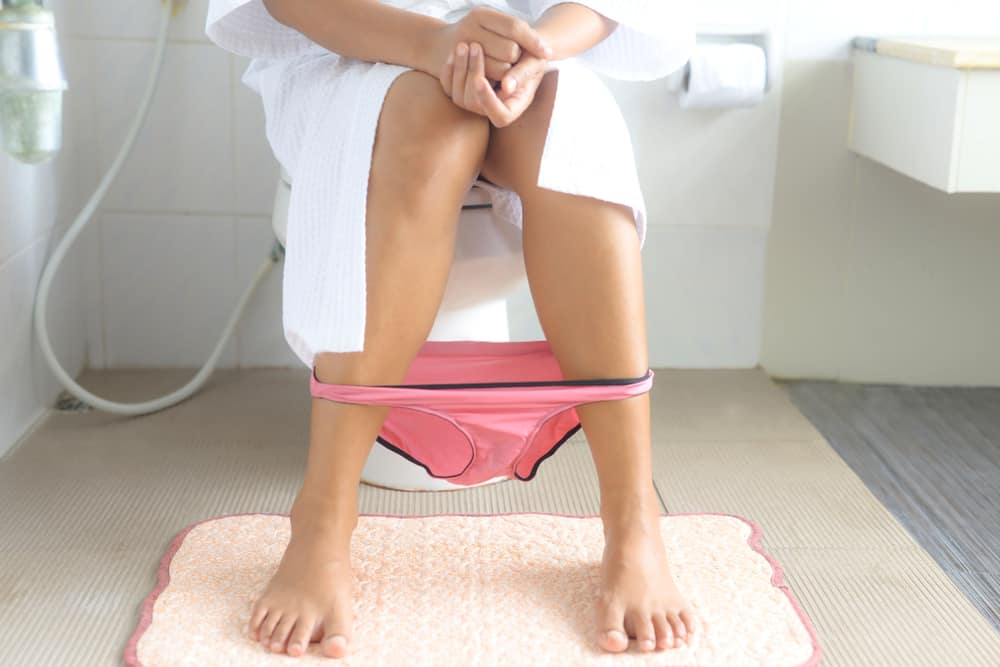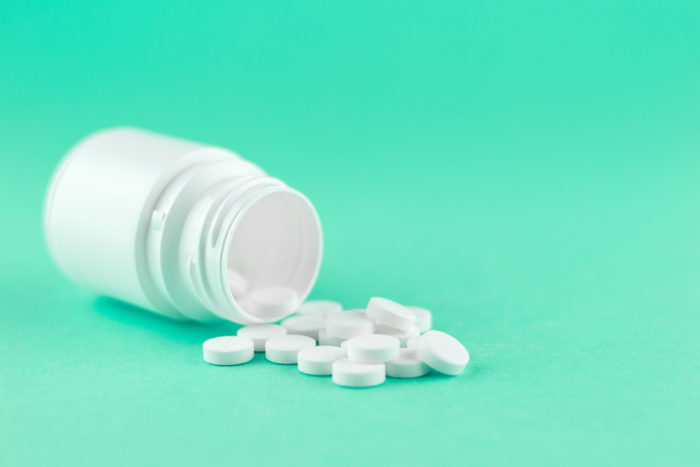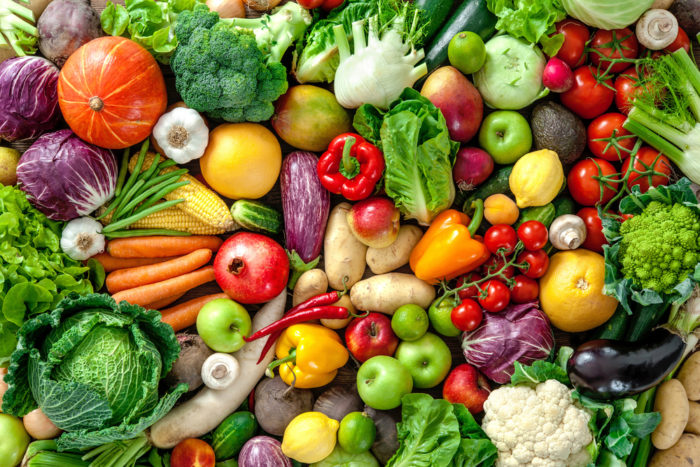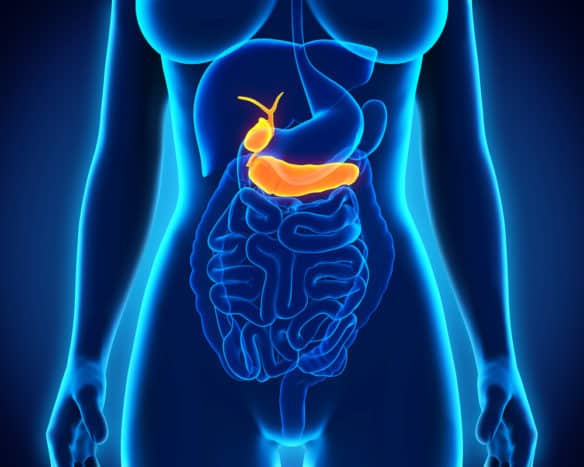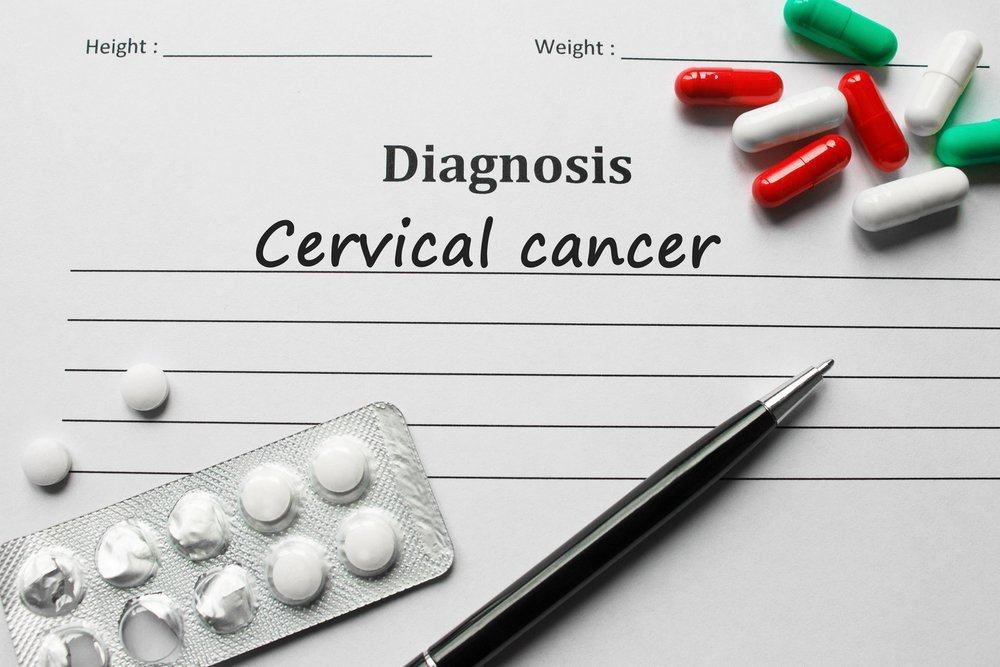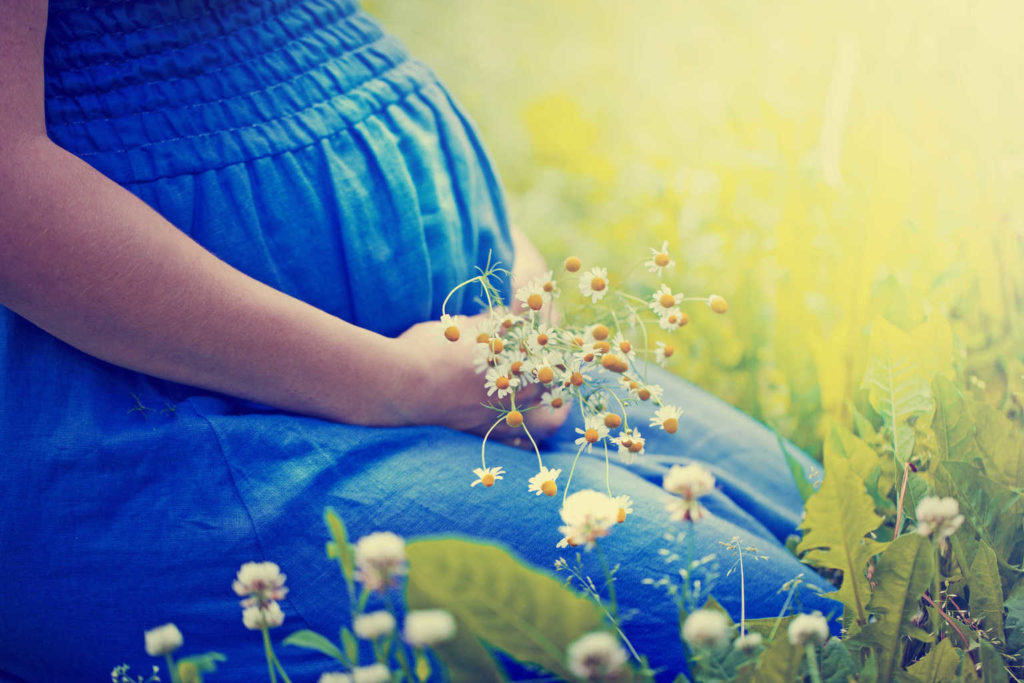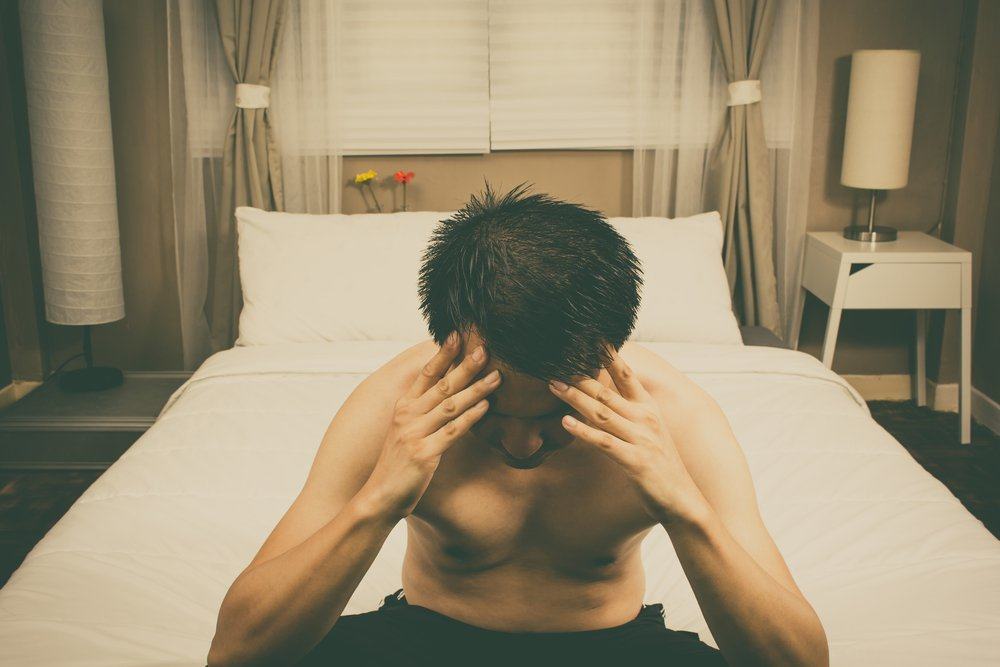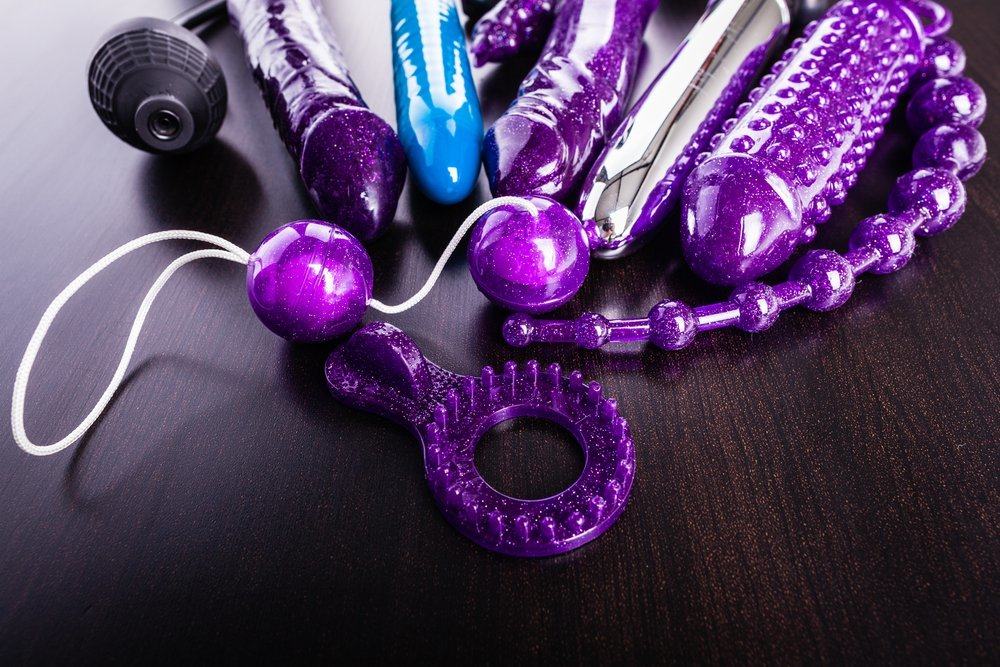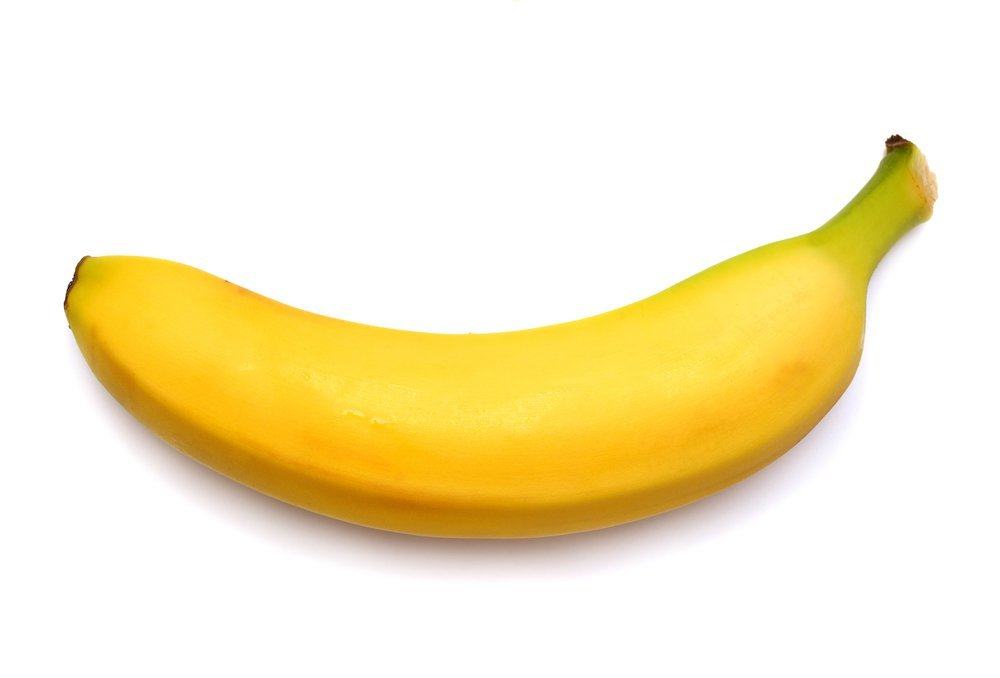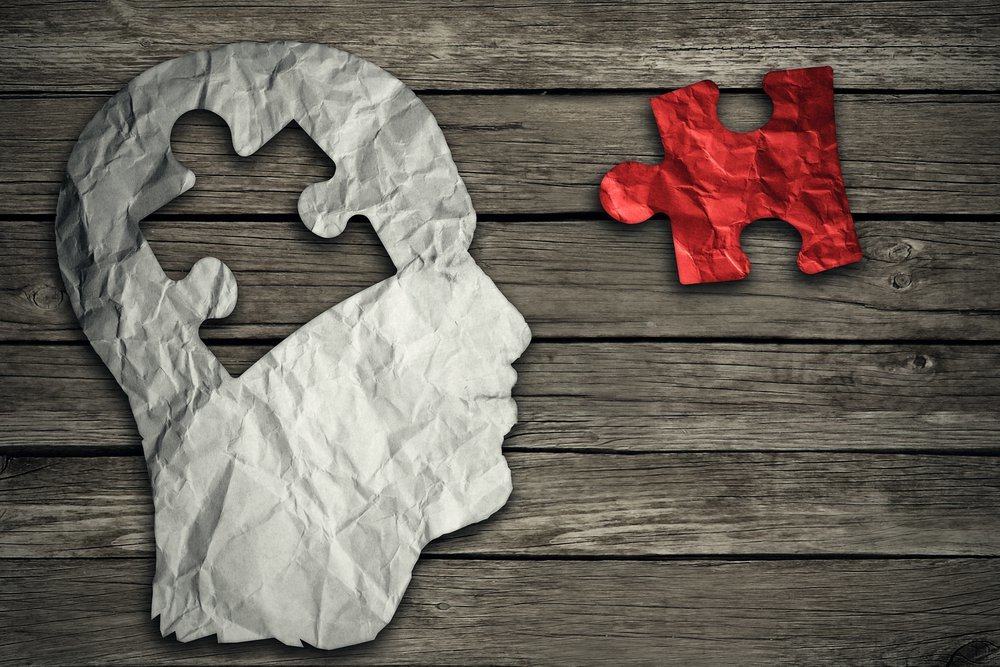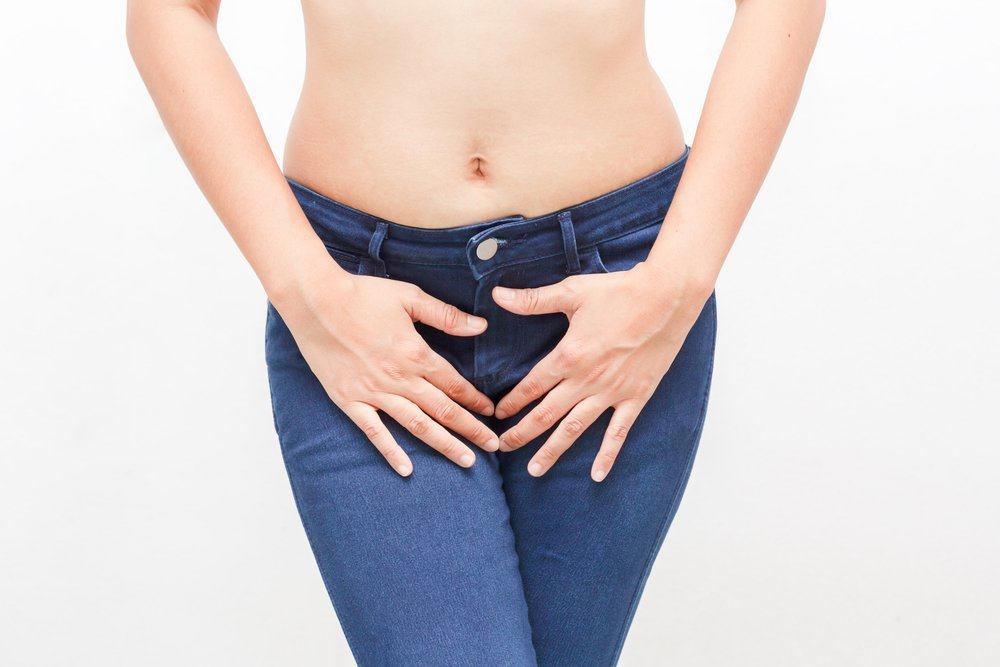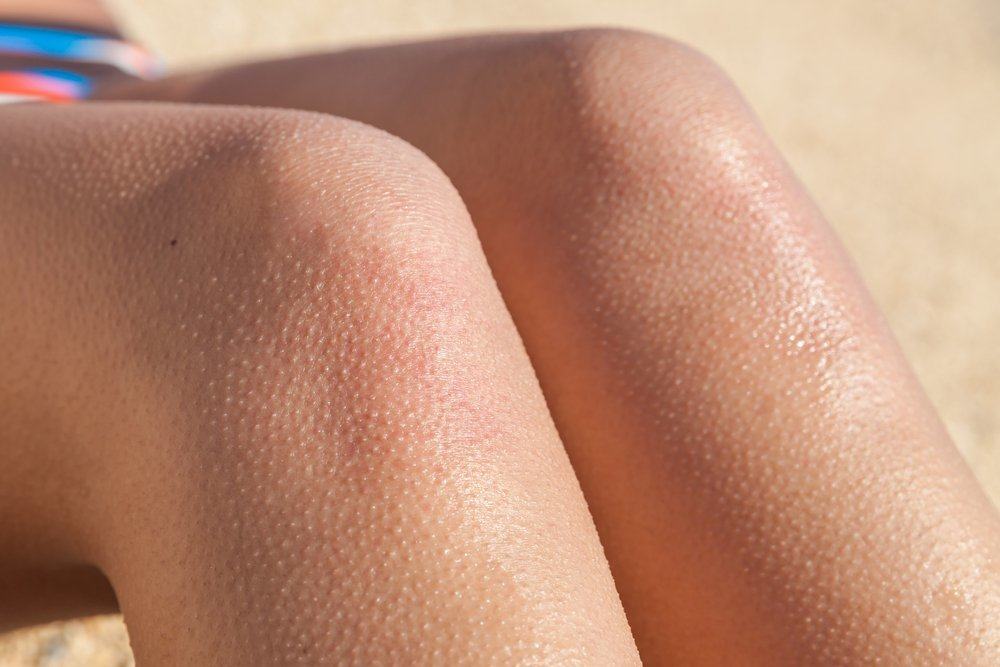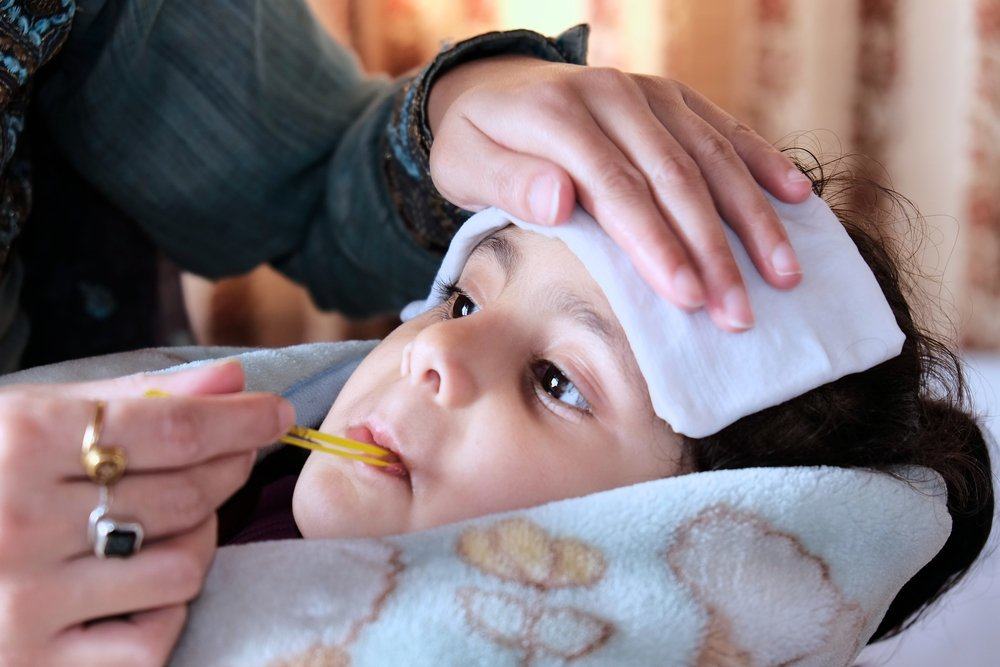Contents:
- Medical Video: 12 Things Your Stool Says About Your Health
- Factors that cause faecal color change
- 1. Medicines and supplements
- 2. Food and drinks
- 3. Certain health conditions and problems
Medical Video: 12 Things Your Stool Says About Your Health
Stool can change color, you know, it's not just that. Sometimes it is brown, yellowish, green, and black. This change is influenced by various things that you might not realize. Therefore, don't panic first. The following are various factors that make stool color change.
Factors that cause faecal color change
Don't panic, the changing color of stool does not always indicate a particular health problem. Even though certain diseases can affect the color of your stool. The following are various factors that make stool color change.
1. Medicines and supplements
Certain types of drugs and supplements can usually make your stool color look different than usual. Iron supplements and bismuth subsalisilat (Kaopectate, Pepto-Bismol) for example usually make the color of feces black or green. While diarrhea medication can make the color of your stool white or pale like clay.
2. Food and drinks
It's not unusual for food and drinks to change your stool. Green vegetables like spinach, for example, can make green stool. While orange foods that are rich in beta carotene pigments such as carrots and sweet potatoes if consumed too much can make stool orange. While food and drinks from fruit for beets, tomatoes and dragon fruit can make stool red like bleeding.
3. Certain health conditions and problems
Certain health conditions and problems can make stool color change. Hemorrhoid or bleeding in the lower intestinal tract for example can make the stool bright red. This is because faeces mix with blood. While bleeding in the upper gastrointestinal tract such as the stomach will cause your stool to be blackish red.
Meanwhile, people with Celiac disease usually have bright yellow stool with an oily texture. This is because the body is unable to process proteins called gluten. As a result, feces contain excess fat because of absorption disorders.
The problem with the bile also makes the stool change color to pale white. Because the bile produces bilirubin and biliverdin pigments. Both of these pigments make stool yellowish brown. Therefore, when the production of bile decreases, the stool loses the color pigments they need.

